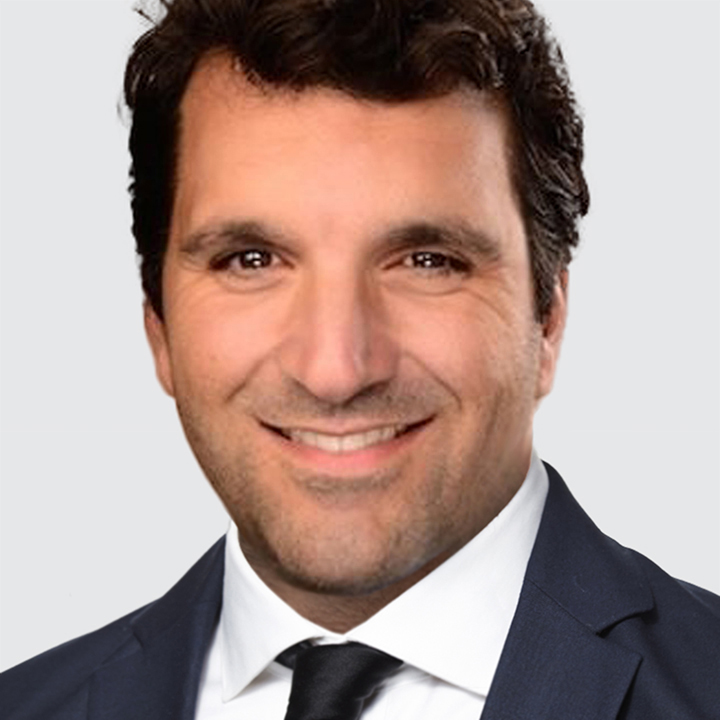“Working 9 to 5”
- US non-farm payrolls are expected to rise by 200K in February.
- Canada’s economy is expected to add 20K jobs in February.
- Sweden’s economy recovers in January, but details are unimpressive.
USD is holding on to most of this week’s losses that has seen it retrace 50% of its year-to-date uptrend. Narrowing near-term interest rate expectations between the US and other major economies is weighing on USD.
Indeed, recent US economic data releases have not been strong enough to justify a material upward adjustment to US interest rate futures. Moreover, latest comments by Fed Chair Jay Powell largely support current market pricing for a rate cut in June. Powell noted yesterday “we’re not far from” becoming more confident that inflation is moving sustainably at 2%.
Meanwhile, other major central banks don’t appear in a rush to cut policy interest rates. Yesterday, ECB President Christine Lagarde poured cold water on a rate cut before June. Lagarde emphasised that the Governing Council needs more evidence and detail of the evolution of Eurozone wage growth because “domestic inflation is not declining”. Lagarde pointed out the ECB will pay particular attention to its indicator of negotiated wage rates. The Q1 indicator of negotiated wage rate is scheduled to be released on 23 May, two weeks before the 6 June ECB rate-setting meeting.
The US non-farm payrolls report takes centre stage today (1:30pm London). The US economy created 353K jobs in January, well above the 255K a month average in 2023. In February, market participants have pencilled-in a more modest 200K rise in non-farm payrolls as the labor market comes into better balance. Bloomberg’s whisper non-farm payrolls number estimates a 209K rise.
The pace of US wage growth, a key driver of core services CPI inflation, will also generate a lot of attention. Consensus is for average hourly earnings to rise by 0.2% m/m and slow to an annual pace of 4.3% in February from 4.5% the previous month.
A disappointing non-farm payrolls report can drag US Treasury yields lower, fuel “pent-up exuberance” in equity markets/risk assets and further undermine USD. In contrast, another gangbuster non-farm payrolls print will trigger an upward adjustment to US interest rate expectations in favour of a firmer USD.
New York Fed President John Williams takes part in a Q&A session (12:00pm London). Williams is scheduled to be the last FOMC speaker before the Fed enters the traditional blackout period in the run-up to the 19-20 March policy-setting meeting.
Canada’s labour force survey (1:30pm London) will play second fiddle to the US employment report. In February, market participants project Canada’s economy to add 20K jobs and the unemployment rate to tick-up 0.1pts to 5.8%.
Overall, labour market conditions in Canada have eased. Job vacancies have returned to near pre-pandemic levels and new jobs are being created at a slower rate. However, average hourly earnings among employees have been sticky above 5% y/y since July 2023 which is too high relative to productivity growth. This is partly the reason the Bank of Canada warned this week “it’s too early to loosen the restrictive policy”.
SEK ignored the pick-up in Sweden economic activity and the OIS curve continues to imply a 72% probability of a 25bps Riksbank policy rate cut over the next 3 months. Sweden’s GDP increased 0.9% in January, the biggest monthly increase since July 2023, suggesting the economy will recover quicky from its end-2023 technical recession. However, the details were unimpressive. The contribution to GDP growth came from stronger general government spending and falling imports. Household consumption plunged 0.7% in January, the most since February 2023.

